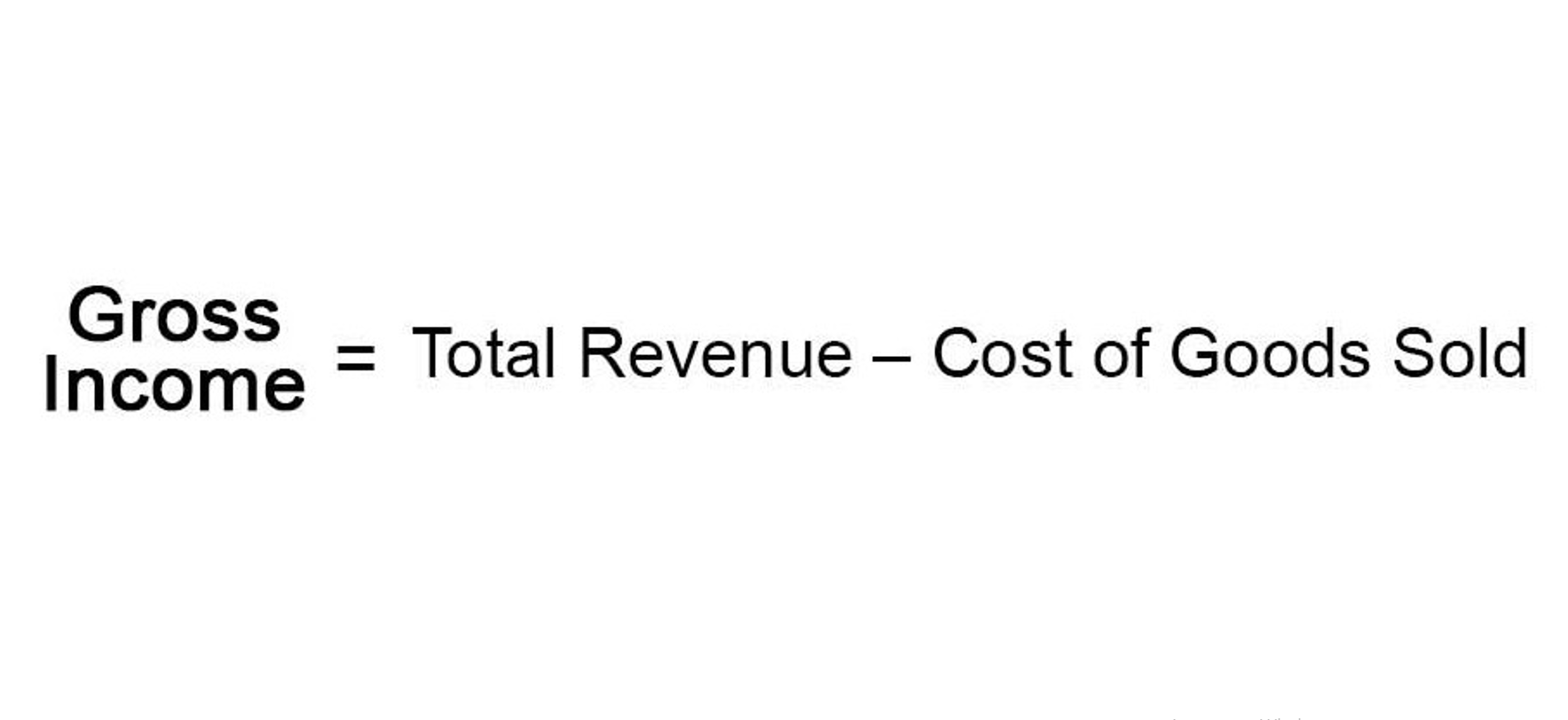From navigating regulations and dealing with the inventory to cost management, wineries must look out for all. Every enterprise requires a stronghold in accounting to flourish and make great profits. Cost accounting is challenging for a winery and requires a full-time commitment to the job. IC-DISCs do not have employees or offices and are not taxed at the federal level; instead, they charge a sales commission from the exporting winery. This revenue is then distributed to the shareholders, who tend to be the same individuals or entities that own the exporter, as qualified dividends. Currently, qualified dividends are taxed at a lower rate than ordinary income, so the resulting tax bill can be significantly lower than if the export income was taxed at ordinary income rates (Ricioli).
- As wine is bottled, winery operators will usually estimate the cost of the blends used in the bottling, and transfer those costs, along with estimated bottling costs, to bottled inventory, and calculate a preliminary cost-per-case of wine.
- Our team of winery accountants is focused exclusively on helping small wineries thrive.
- To evaluate your winery’s performance, it’s essential to have insight into its profit margins.
- To better understand the profitability of the winery’s tasting room operations, wineries should account for tasting room activities as a sub-category within their selling expenses.
- Periodically, these groupings should be revisited to verify that new accounts are properly grouped and existing accounts are being utilized as originally intended.
The advantages of accrual basis accounting for your winery
In this podcast episode, we discuss the accounting for vineyards and wineries. First, create temporary accounts within the “other expenses” section of your profit and loss (P&L) statement. Remember, your P&L statement isn’t just a retrospective document—it’s a roadmap to future success. At Protea Financial, we’re here to help you navigate this roadmap with expertise and insight, https://www.bookstime.com/articles/bookkeeping-atlanta ensuring that every decision you make is informed and strategic, fostering sustained growth for your winery. The better solution is to manage this whole process outside of your accounting system in a sub-ledger that integrates directly with your accounting package. Vinrtrace provides this ability for you and integrates directly toXero, a leading Cloud accounting solution.
Alternative models to start a wine business
- Both have 500 gallons of volume but the Syrah was shipped out 30 days into the quarter.
- In this podcast episode, we discuss the accounting for vineyards and wineries.
- There are several ways to allocate costs, but regardless of the method used, it’s important to apply it consistently.
- Knowing the COGS is essential if you want to know the gross profits you earn on different wines.
- If you’re not keen on investing so much capital into a full-blown winery, you can still assume a hands-on role in the wine business.
- If you have the space and the land quality for it, you can even start a (very small) winery in your own backyard, which cuts real estate costs entirely.
- The donated bottled are just not in stock at the next physical inventory count, so they’re charged to the cost of goods sold at the end of the month.
Grape costs may be recorded in a separate account initially, but these costs become part of the bulk wine inventory along with additional crush, fermentation, and cellar costs. The bulk wine cost with additional storage and overhead is combined with the cost of packaging materials used along with bottling labor to derive the individual unit cost of the finished wine. An audit provides the highest level of assurance of all engagements performed wine accounting in accordance with the standards established by the American Institute of Certified Public Accountants (AICPA). In an audit, the CPA firm is required to obtain an understanding of the entity’s internal controls and assess the risk of fraud. Also, an audit is not designed to detect immaterial misstatements or noncompliance with the provisions of laws or regulations that do not have a direct and material effect on the financial statements.
Professional Services
Once you’ve produced the wine and it’s ready for sale, recalculate the cost of making it and move those costs into the inventory accounts. One of the fundamental aspects of this is grasping how profit and loss (P&L) work specifically within the wine industry. Dive into the essentials of P&L in wine accounting with the Protea Financial experts, ensuring you walk away with a solid foundation to manage your vineyard or winery with confidence. A formal inventory valuation workbook completed at year-end can be used to report capitalized production costs, record correct inventory assets, and record COGS prior to tax prep. This can provide a helpful template of the annual production cycle for management and also for your tax team. A reduction in inventory value may result from partial damage, physical deterioration, or changes in market prices.

You will need to decide how much to spend on production overall, including how much to spend on grapes, glass, label, closures, and more. Then, you must decide how much money is going to be allocated between different departments to run the business and sell the wine. Finally, you must track how much is spent on all the other operational costs of your winery. It’s exacting work, and made worse by the often confusing overlap between overhead, production, and material costs.



A Gastronomic Symphony ─ The Art of Pairing Wines with Indian…
- They also act as great financial advisors that can help the winery make various decisions.
- From the first tender shoots in the vineyard to the satisfying pop of a cork, your winery embodies passion and hard work.
- By contrast, COGS refers to all the costs incurred per bottle of wine sold.
- No wonder wineries have trouble getting detailed costing on each of their wines.
- The most common feedback we get from our new clients is, “Why didn’t I start using vintrace years ago?”.Contact us and we’ll arrange a live demonstration online or at your place of business.Already use vintrace?
- These corporations must abide by various rules and laws, far more than any other industry.

